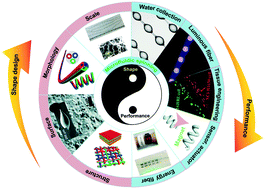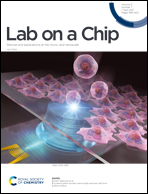Review of microfluidic approaches for fabricating intelligent fiber devices: importance of shape characteristics
Abstract
Shape characteristics, which include the physical dimensions (scale), apparent morphology, surface features, and structure, are essential factors of fibrous materials and determine many of their properties. Microfluidic technologies have recently been proposed as an approach for producing one-dimensional (1D) fibers with controllable shape characteristics and particle alignment, which impart specific functionality to the fiber. Moreover, superfine 1D fibers with a high surface area and ordered structure have many potential applications as they can be directly braided or woven into textiles, clothes, and tissues with two- or three-dimensional (2D or 3D) structures. Previous reviews of microfluidic spinning have not focus on the importance of the shape characteristic on fiber performance and their use in intelligent fiber design. Here, the latest achievements in microfluidic approaches for fiber-device fabrication are reviewed considering the underlying preparation principles, shape characteristics, and functionalization of the fibers. Additionally, intelligent fiber devices with shapes tailored by microfluidic approaches are discussed, including 1D sensors and actuators, luminous fibers, and devices for encoding, energy harvesting, water collection, and tissue engineering applications. Finally, recent progress, challenges, and future perspectives of the microfluidic approaches for fiber device fabrication are discussed.



 Please wait while we load your content...
Please wait while we load your content...